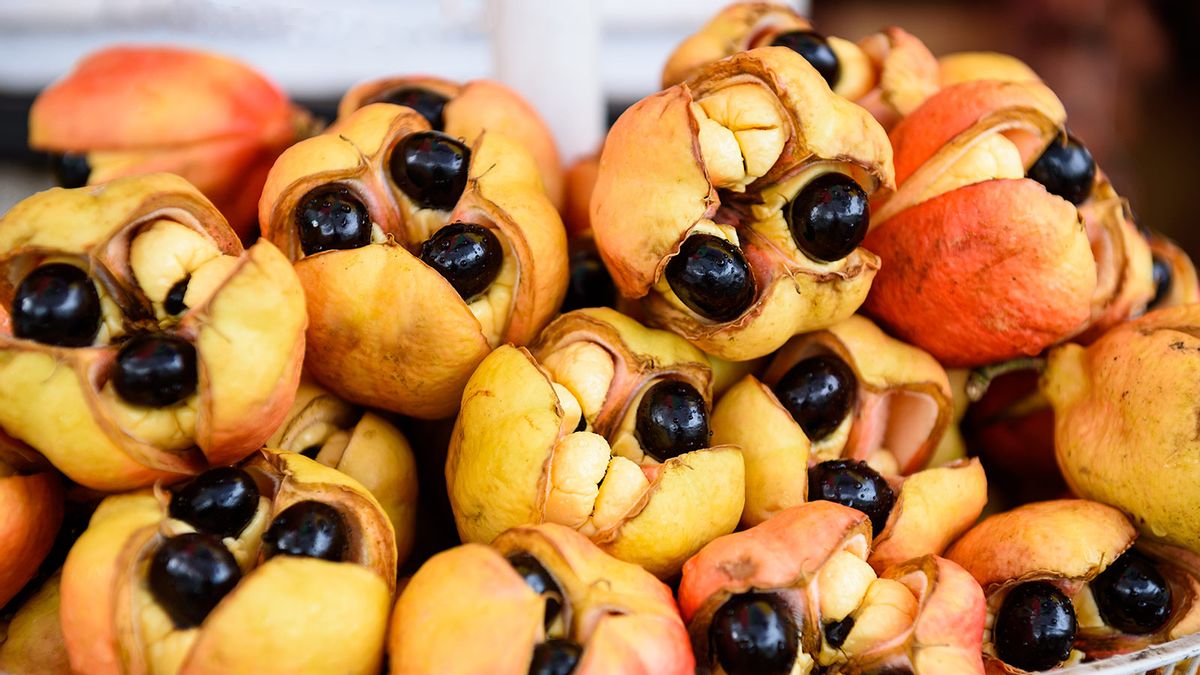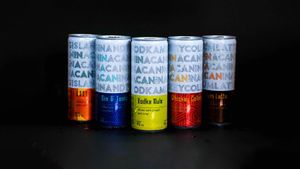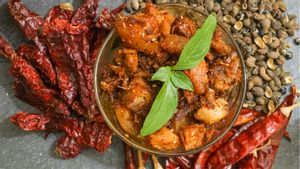There’s something to be said about the cautionary power of old wives tales when it comes to food. Most of these revolve around 'triple C’—the trifecta of components, consumption patterns, and combinations thereof. We somehow always tend to take them very seriously, never once questioning their veracity or seeking out the logic behind them.
I suppose like most of us here in India, I too grew up with dire warnings from my grandmother—for instance, never to combine seafood and dairy, or risk a debilitating stomach ache. Something that I carefully avoided pairing all through my adolescent life. That is, until I discovered at age 16, the divine taste of an unctuous bowlful of New England clam chowder, which is a thick seafood soup-meets-stew, enhanced with oodles of thick cream and butter. And, as is obvious, I’ve lived to tell the tale with ne’er a troubled tummy!
I guess, I just got lucky. Because as is evident from the entries below, caution must truly be paid to a few toxic, dangerous, and often deadly ingredients. We’re talking about leaves, fruits, roots, nuts, and even certain species of seafood that cuisines around the world have in their repertoire. These ingredients and additives need the utmost care and attention while handling and more importantly, cooking with...
1. Fugu

This one is kind of a given, as fugu—the Japanese name for the infamous pufferfish—always finds itself on such lists as one of the most notorious foods ever. Actually make that THE most notorious ever, as it is imbued with a poison called tetrodotoxin that’s over a thousand times deadlier than cyanide—causing paralysis of the throat muscles, leading to asphyxiation, and death. This poison is in the intestines, ovaries, and liver of the fish that’s a risky delicacy in Japan. Speaking of Japan, the shokunin chefs who specialise only in fugu must undergo a government-mandated course of three years in the art of handling and preparing the gossamer-thin slices of the fish before obtaining a fugu serving licence. Served raw, mainly sashimi style, it is not uncommon for a skilled master chef to leave a very tiny, merest hint of the poison in each slice. This is done for both the tingling, mildly numbing sensation it imparts to the tongue—and yes, for bragging rights for you and me of having braved it.
2. Buah keluak
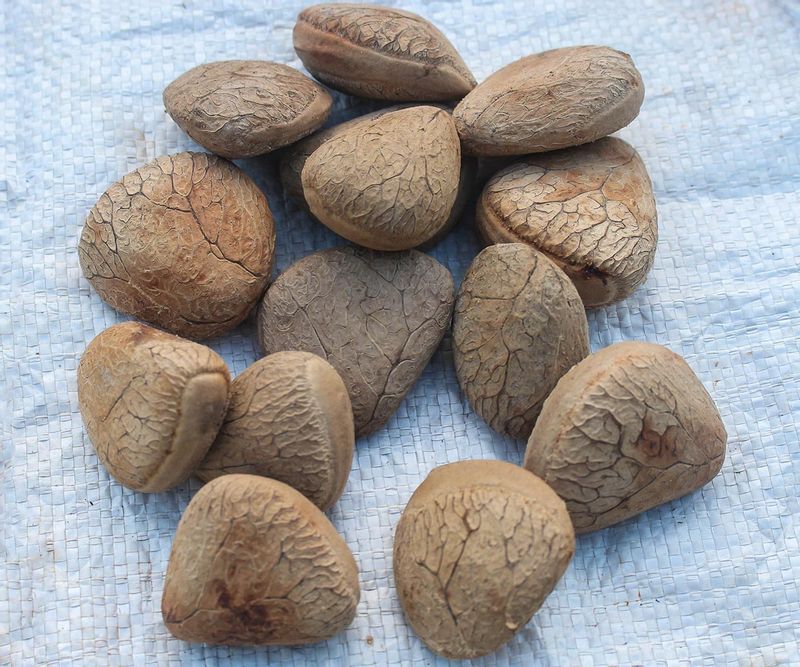
Thanks to centuries of intermarriages between immigrant Chinese men and local Malay women, a unique blend of Chinese and Malay cultures has manifested into spicy Peranakan cuisine—which is served till today in both Malaysia and neighbouring Singapore. Even more unique is the buah keluak also known as kepayang ‘fruit’. A misnomer of sorts, the buah keluak is actually a large, brown coloured nut that is used—mostly ground—in dishes like the tangy ayam (chicken) buah keluak. Interestingly, an ancient rice dish, patronised by the Pahang Dynasty of Malaysia called nasi kebuli, once used oil extracted from the kepayang fruit. But what brings this ingredient to this list is the fact that in its raw form the nut contains cyanide. This deadly toxin in its mild form can cause nausea and dizziness (known as mabuk or drunkenness in the Malay language), if consumed in small quantities. However, it can also be fatal in high doses. This means a laborious process is needed to make the buah keluak fit for cooking and consumption. So, the nuts are first boiled, then allowed to soak in water for 24 hours to ensure that traces of the water-soluble cyanide are completely absent. The nuts are then wrapped in banana leaves and buried in ash for as long as 40 days—making this delicacy the very antithesis of fast food!
3. Ackee

The first time I ever heard of ackee was when I was made to sing Harry Belafonte’s song Jamaica Farewell at my school’s annual day function. I was intrigued by this funny-sounding fruit that Belafonte sang of—which in his song has been sold by “basket-bearing ladies at the market in Kingston Town”. Little did I know then, how toxic this innocuous-looking Caribbean fruit could be if prepared incorrectly. Resembling a cashew fruit to some extent, ackee—that’s originally native to West Africa—was first brought to Jamaica in 1778. Now the country’s national fruit, the subtly nutty-tasting ackee is first boiled and then mashed up with everything from salted, dried cod fish to the leafy callaloo greens, and served with almost every meal (including breakfast!) in the Caribbean island. However, the unripened ackee is said to contain the poison hypoglycin A, and eating it in its raw form can cause vomiting that can lead to coma and even death. So, before consuming it, one must wait for the fruit to ripen on the tree itself until it bursts open, revealing three seed-bearing segments—thus, giving literal meaning to the Hindi proverb “the fruit of patience is always the sweetest.”
4. Tapioca
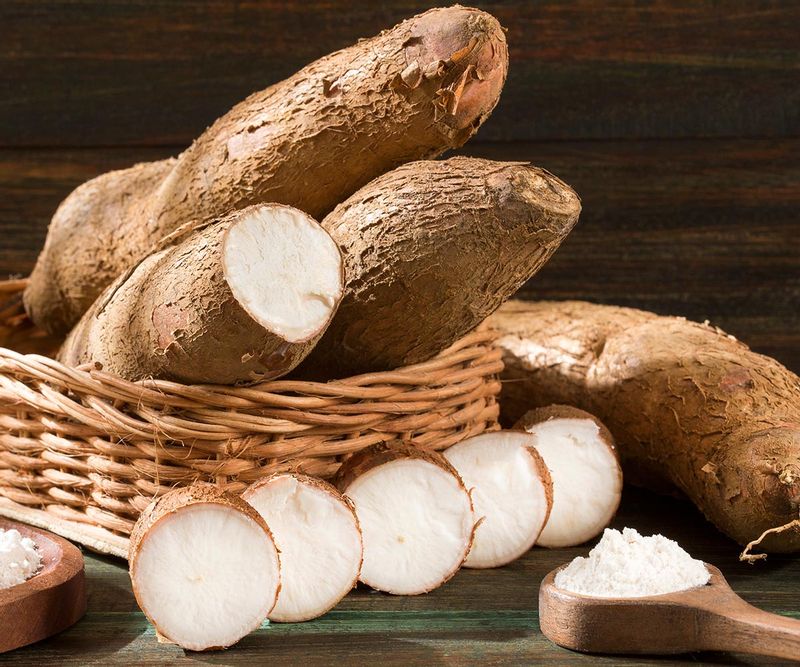
Known multifarious as cassava, manioc, yucca, and more commonly here in India as tapioca, this starchy, tuberous root of South American origin is a versatile one. Think everything from crisp tapioca chips to those chewy boba pearls found at the bottom of an Instagram-friendly glass of bubble tea—the tuber is omnipresent. However, while tapioca itself is an edible root consumed en masse from Africa to Indonesia, it also contains the deadly toxin cyanide—like a few others on this list—and can prove fatal if not properly processed before consumption. This process involves painstakingly soaking, drying, and scraping the fibrous root before grinding it into a safe-to-ingest powder or pulp.
5. Stinging nettle
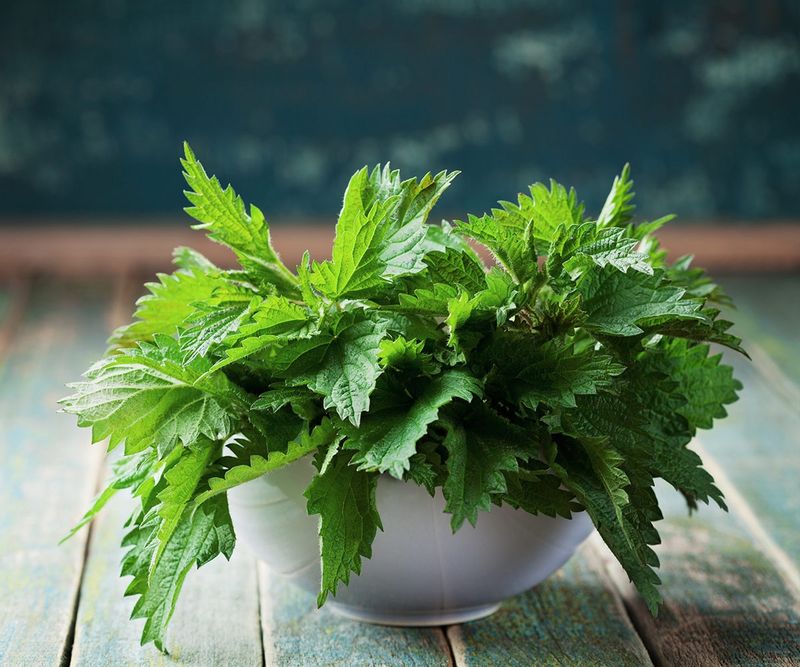
You could say that we’ve saved the least dangerous food for last with the rather pesky stinging nettle that’s found in many herbal teas, soup, and salad preparations—and even a delicious pesto. Now, although not fatal if processed incorrectly, stinging nettle can be a rather painful leafy vegetable to consume. A clue to this can be found from its scientific name, Urtica Dioica. This comes from the Latin word uro, which means “to burn,” as the nettle's leaves can cause a temporary burning sensation upon contact, especially to the throat. This is because the leaves have hair-like structures that sting and also cause itching, redness, and swelling which is only arrested by cooking—rather, by boiling the leaves in scalding hot water before using them for cooking. But here’s a silver lining to all that discomfort: apparently Roman troops were said to rub stinging nettle leaves on themselves to help stay warm, while the Ancient Egyptians ate the leaves to treat arthritis and lower back pain. Now that’s something to chew on, quite literally, no?


